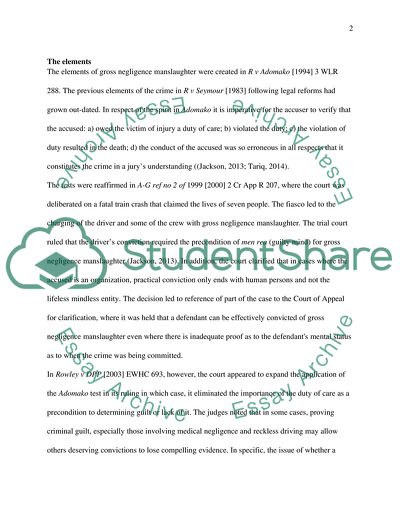Cite this document
(Gross Negligence Manslaughter Assignment Example | Topics and Well Written Essays - 1750 words - 7, n.d.)
Gross Negligence Manslaughter Assignment Example | Topics and Well Written Essays - 1750 words - 7. https://studentshare.org/law/1871045-business-law
Gross Negligence Manslaughter Assignment Example | Topics and Well Written Essays - 1750 words - 7. https://studentshare.org/law/1871045-business-law
(Gross Negligence Manslaughter Assignment Example | Topics and Well Written Essays - 1750 Words - 7)
Gross Negligence Manslaughter Assignment Example | Topics and Well Written Essays - 1750 Words - 7. https://studentshare.org/law/1871045-business-law.
Gross Negligence Manslaughter Assignment Example | Topics and Well Written Essays - 1750 Words - 7. https://studentshare.org/law/1871045-business-law.
“Gross Negligence Manslaughter Assignment Example | Topics and Well Written Essays - 1750 Words - 7”. https://studentshare.org/law/1871045-business-law.


